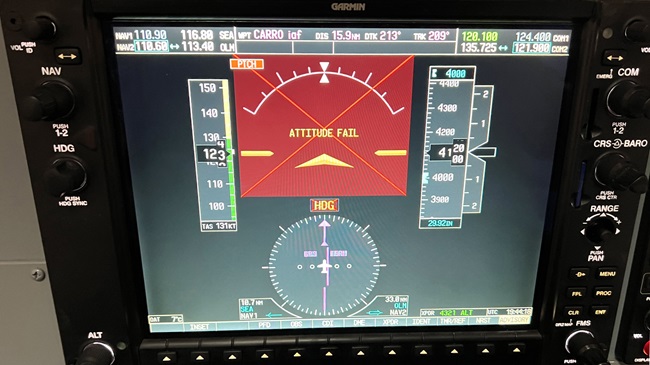IFR Fix: 'It was all too much'
There are many ways to learn the new avionics installed in your aircraft—but while flying may not be the best time to start.
First scour the manual, view the DVD, or take a course. Many pilots follow up thorough ground study by flying on a low-workload, VFR day when they can focus on learning. Take an instructor along.
A 1,500-hour pilot who had bought a Mooney M20 a year earlier and flown it 35 hours before it spent five weeks in the shop for the avionics upgrade drove to retrieve the airplane, planning to practice with the new gear on a VFR flight home, right before a weekend camping trip.
Arriving two hours before the airplane was to be ready, he found technicians debugging “an issue with the DME.” The two-hour wait grew to four. Pressure to get home began to cloud judgment.
“Nothing good ever happens in aviation when you're rushed. I waived a test flight with the shop since I wanted to get going and they had already performed two prior test flights without me so I didn't think I really needed it,” he wrote later.
Adversity arose after engine start, when the pilot received a complicated clearance and he “messed up the frequencies which threw me off, especially with the new equipment. Several times I talked on the wrong frequency as I misused the swap feature on the radio.”
Not yet under way, “I was already getting behind the airplane.”
Another issue surfaced during taxi: Cylinder head temperature “was pegged at zero.” The glitch became distracting in the climb as he was “checking my cowl flaps, didn't have the approach frequency, and was getting used to new avionics.”
By the time the pilot decided to turn back, he had drifted off altitude close enough to another aircraft that air traffic control notified him of a suspected deviation; this he reported to the Aviation Safety Reporting System, noting wistfully how much flying with new equipment can reduce safety margins.
“I think if nothing else had gone wrong I would have been fine with the new avionics since I have so much glass experience, however, I didn't have room for error. It was all too much,” he wrote.




